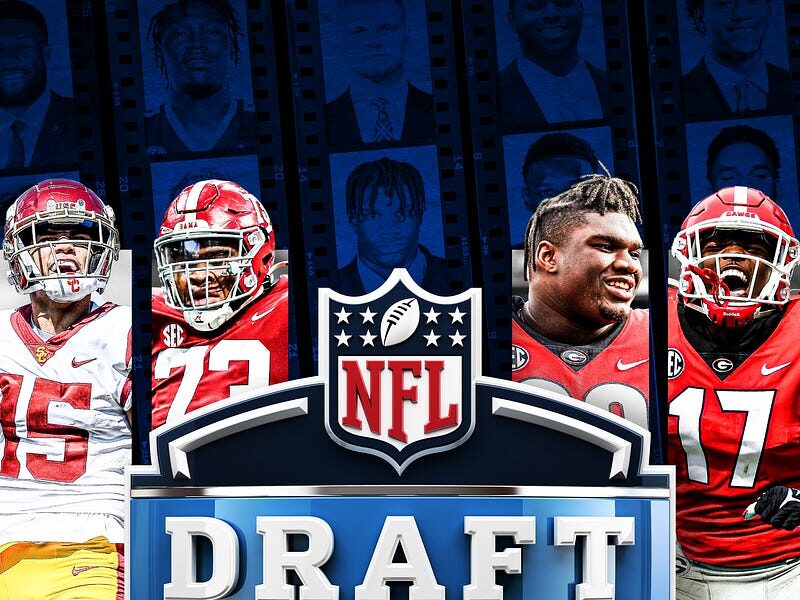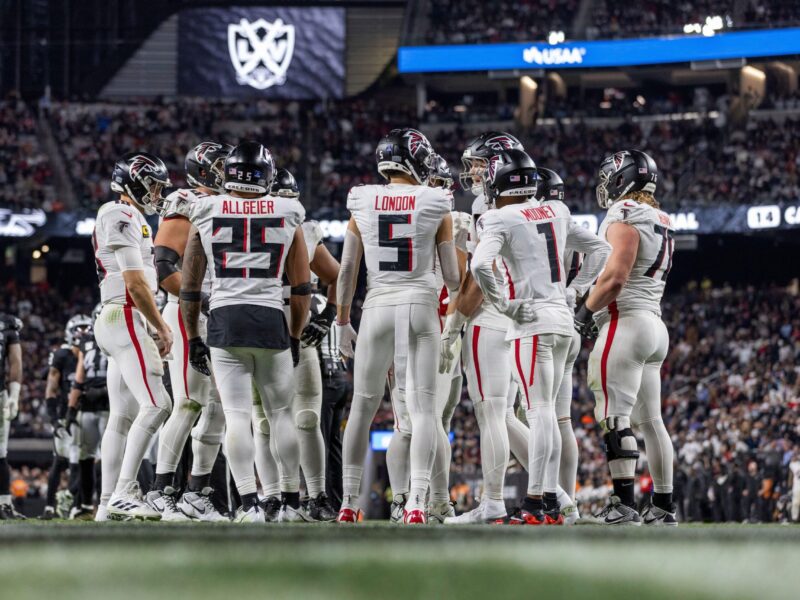You’re settled in for Sunday football, the action is intense, your team is driving… and then YELLOW. A flag flies, the whistle blows, and suddenly momentum halts. The referee announces something like “Holding, offense, number 72, 10-yard penalty, repeat the down.”
Huh?
For new fans and even seasoned viewers, NFL penalties can sometimes feel like a foreign language. Those yellow flags can swing momentum, negate amazing plays, and leave everyone wondering exactly what just happened. Understanding the basics isn’t just helpful – it fundamentally enhances your enjoyment and appreciation of the game.

Let’s break down some of the most common penalties and core rules you’ll see flagged on any given Sunday:
Understanding the Basics: Downs and Distance
Before diving into penalties, a quick refresher:
- Downs: The offense gets four attempts (downs) to gain 10 yards.
- First Down: If they succeed in gaining 10 yards within those four downs, they get a fresh set of four downs.
- Turnover on Downs: If they fail to gain 10 yards after four downs, the other team gets possession of the ball at that spot.
- Punt: Often, if it’s 4th down and the offense is unlikely to gain the required yardage (and not close enough for a field goal), they will punt (kick) the ball to the other team to pin them deep in their own territory.
Penalties often impact the down and the distance needed for a first down.
Common OFFENSIVE Penalties (Called on the Team with the Ball)
These penalties usually result in a loss of yards and often require replaying the down.
- False Start (5 yards): Probably the most frequent penalty. An offensive player (usually a lineman or receiver) moves abruptly before the ball is snapped. This simulates the start of the play and can draw defenders offside. Think of it like jumping the gun in a race.
- Holding (10 yards): An offensive player illegally grabs, pulls, or holds a defensive player to prevent them from reaching the ball carrier or quarterback. This is subjective and often happens in the trenches (linemen) or downfield (receivers blocking). If it occurs in the offense’s own endzone, it results in a safety (2 points for the defense).
- Illegal Formation (5 yards): The offense doesn’t have the required number of players lined up on the line of scrimmage (usually 7) at the snap.
- Delay of Game (5 yards): The offense fails to snap the ball before the play clock (usually 40 or 25 seconds) expires.
- Intentional Grounding (10 yards & Loss of Down): The quarterback throws a forward pass intentionally into an area with no eligible receiver, usually to avoid being sacked (tackled behind the line of scrimmage). Key exceptions exist, like if they are outside the “tackle box” (the area between the offensive tackles) and the pass lands beyond the line of scrimmage. If this happens in the endzone, it’s a safety.
- Ineligible Receiver Downfield (5 yards): On a forward pass play, an offensive lineman (who is normally ineligible to catch a pass) goes more than one yard beyond the line of scrimmage before the pass is thrown. This prevents linemen from blocking too early downfield on pass plays.
Common DEFENSIVE Penalties (Called on the Team Without the Ball)
These penalties typically result in yardage gained for the offense and often an automatic first down.
- Offside / Encroachment / Neutral Zone Infraction (5 yards): These are similar. A defensive player enters the neutral zone (the one-yard space over the ball separating offense and defense) before the snap and makes contact with an offensive player (Encroachment) or is simply in the neutral zone when the ball is snapped (Offside/Neutral Zone Infraction). Sometimes, this gives the offense a “free play” if they snap the ball quickly.
- Holding (5 yards & Automatic First Down): A defensive player illegally grabs or holds an offensive player (other than the ball carrier) to impede their progress. Often called on defensive backs covering receivers.
- Pass Interference (Spot Foul & Automatic First Down): This is a big one. A defender significantly hinders a receiver’s ability to catch a catchable forward pass after the ball has been thrown and before it arrives. This includes grabbing arms, hooking, or not playing the ball and running through the receiver. The penalty places the ball at the spot of the foul. If it happens in the endzone, the ball goes to the 1-yard line. (Note: There’s also Offensive Pass Interference, but it’s called less frequently).
- Roughing the Passer (15 yards & Automatic First Down): A crucial player safety rule. A defender makes illegal contact with the quarterback after the ball has been thrown. This includes hitting them late, low (at the knees or below), high (in the head/neck area), or using excessive force.
- Facemask (15 yards & Automatic First Down): Grabbing the facemask of an opponent’s helmet. This is a safety issue. (There’s a less common 5-yard incidental facemask, but the 15-yarder is more typical).
- Unnecessary Roughness / Personal Foul (15 yards & Automatic First Down): A catch-all for overly aggressive acts that occur outside the normal scope of play, like hitting a player who is clearly out of bounds, a late hit on a ball carrier already down, leading with the helmet, etc.
Special Teams Penalties
These occur during kicking plays (punts, field goals, kickoffs).
- Roughing/Running Into the Kicker (5 or 15 yards): Making contact with the punter or kicker after they’ve kicked the ball. Running into (minor contact) is 5 yards; Roughing (major contact, potential injury risk) is 15 yards and an automatic first down. Kickers are considered defenseless during and just after the kick.
- Kick Catch Interference (15 yards): A defender makes contact with a returner before they have had a chance to catch a punt or kickoff, or obstructs their path to the ball in the air.
The Nuance: Accepted vs. Declined
Teams don’t have to accept a penalty. If the outcome of the play was better for them than the penalty yardage would be (e.g., the defense commits holding, but the offense still completes a 20-yard pass), they will likely decline the penalty and take the result of the play.
It Takes Time!
The NFL rulebook is famously complex, and even referees don’t get every call right. But understanding these common penalties will significantly boost your comprehension of the game’s flow, strategy, and crucial moments. So next time a flag flies, you’ll have a much better idea of what the officials are discussing and how it might impact the game.
What NFL rule or penalty still confuses you the most? Let us know in the comments!

